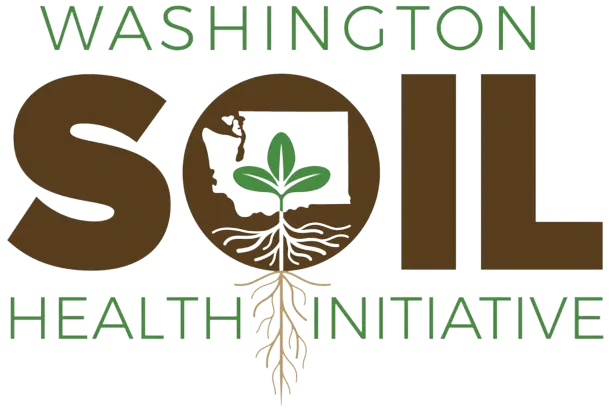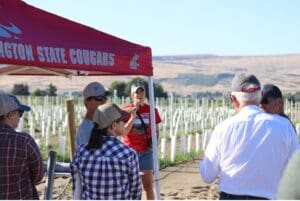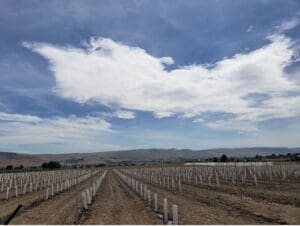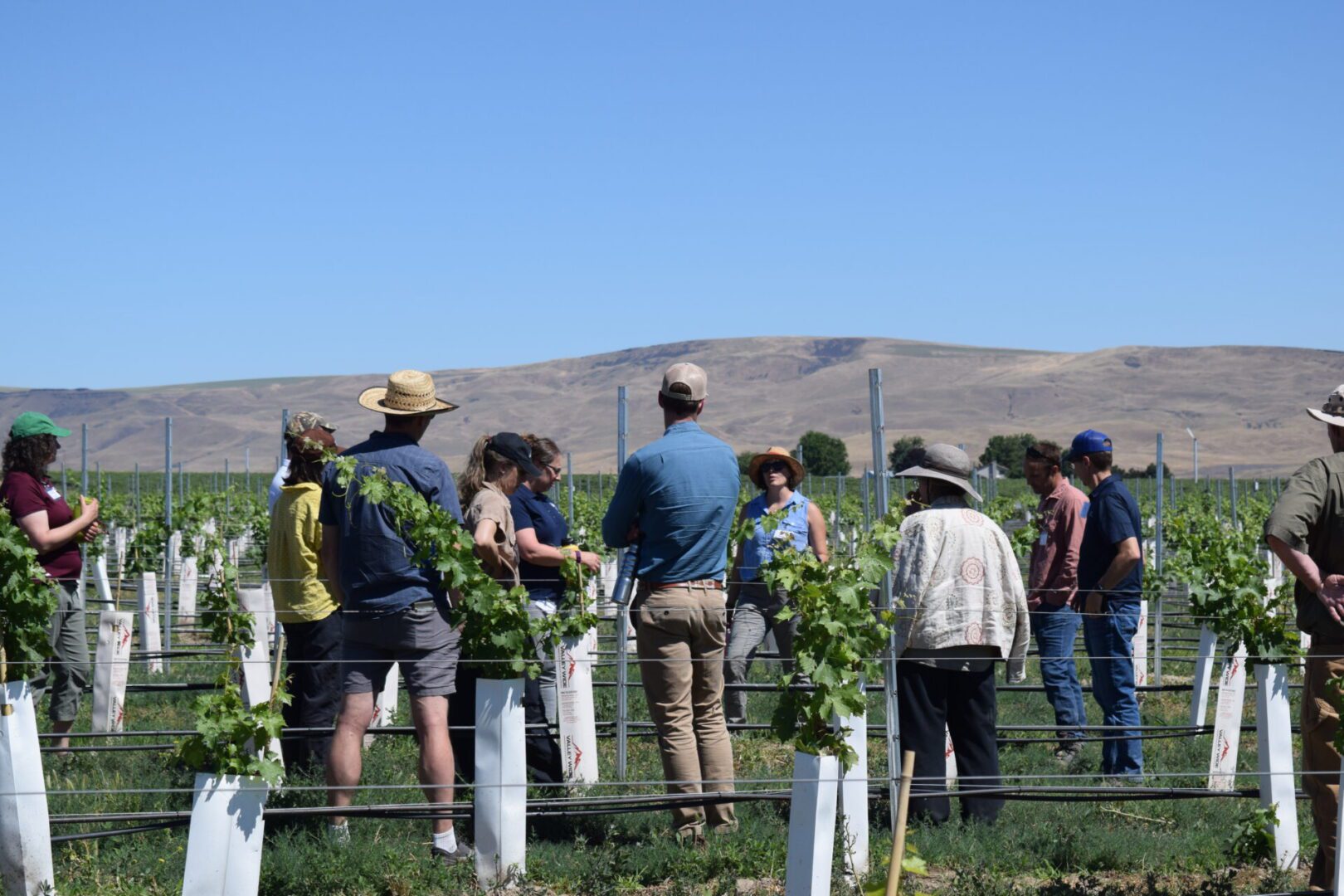
© Molly McIlquham
Guiding soil health advancement
The WaSHI Advisory Team stands out with engaged members who bring passion and expertise to the table.
September 4, 2024
Author: Molly McIlquham
During a moderately warm week in Washington’s wine country, the Washington Soil Health Initiative Advisory Team (WaSHIAT) convened to refine strategies and share insights on advancing soil health across the state. This gathering brought together representatives from Washington’s diverse agricultural sectors, including growers, industry experts, and conservationists, to address the unique challenges the state’s varied cropping systems face.
The Advisory Team is more than just a standard advisory committee; it embodies Washington Soil Health Initiative (WaSHI) commitment to inclusion, transparency, and turning stakeholder concerns into tangible action. While many initiatives are mandated to form advisory groups, WaSHIAT stands out for its engaged members who bring passion and expertise to the table, ensuring that decisions reflect the realities on the ground.
The advisory team’s mission is straightforward but ambitious: to provide guidance on the state’s soil health priorities, milestones, and goals, leveraging the collective knowledge of those working in Washington’s major agricultural systems. The team includes producers and representatives from non-governmental organizations, Conservation District staff, and state agencies, all contributing to diverse solutions for building soil health.
A long-term approach
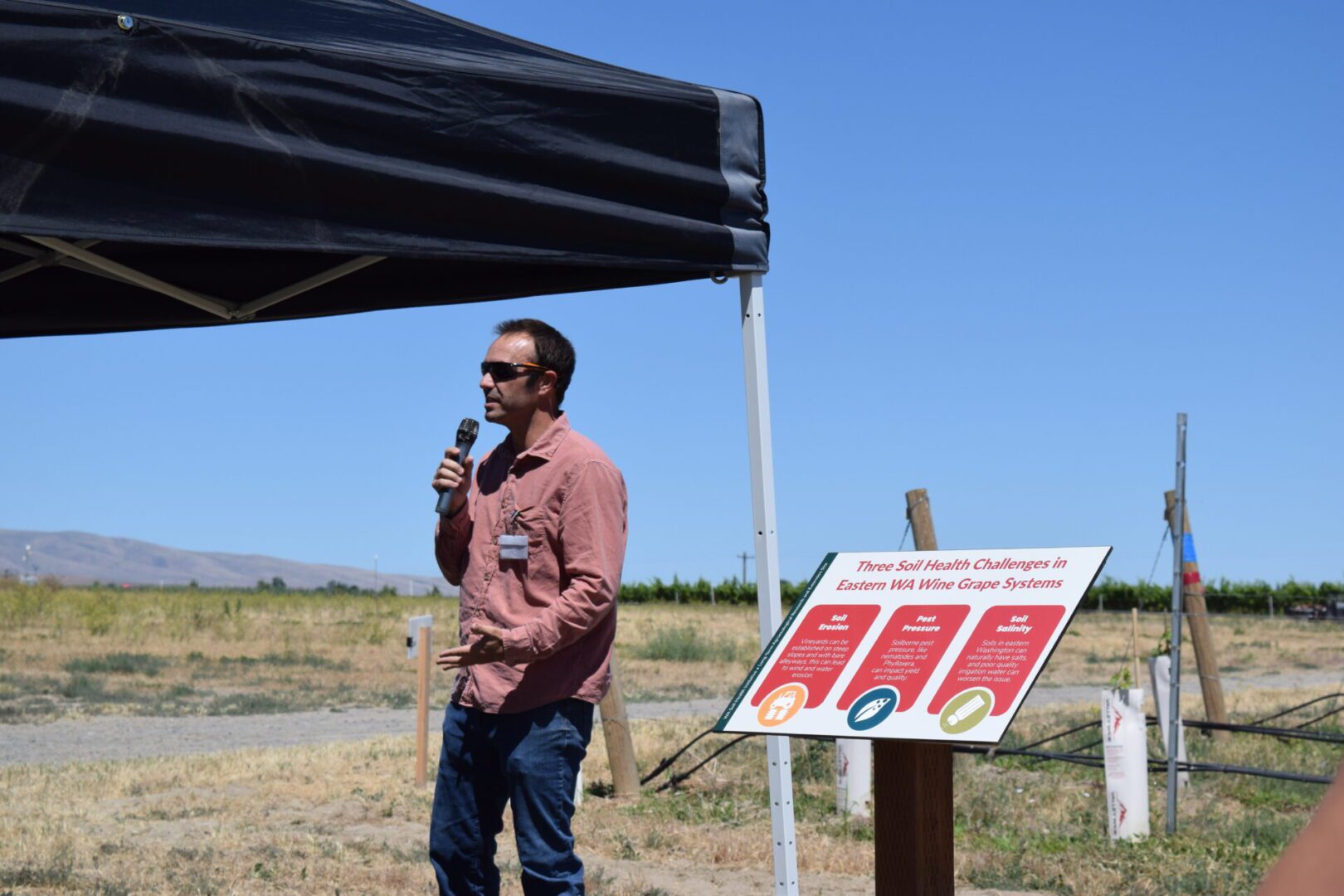
CONNECTING THE DOTS | Devin Rippner explains that the wine grape industry has unique challenges that guide the treatments being investigated at the LTARE site.
The two-day event was packed with discussions and explorations, kicking off the tour at Washington State University’s (WSU) Irrigated Agriculture and Extension Center, home to the Eastern Washington Wine Grape Systems long-term agroecological research and extension (LTARE) site. Led by Devin Rippner (USDA-ARS) and Liz Gillispie (WSU), the tour highlighted the LTARE site’s innovative treatments, shaped by input from its own advisory team, including grape growers and industry members.
Read more about the Eastern WA Wine Grape Systems LTARE
Gillispie demonstrated some of the site’s unique challenges, such as sampling through layers of caliche and rock that complicate soil studies—a reminder that soil health research often mirrors the complexities growers face in their daily operations. To mitigate weather-related challenges, the site also utilizes wind machines to protect grape buds from frost. This investment not only safeguards this site but also benefits surrounding research vineyard blocks.
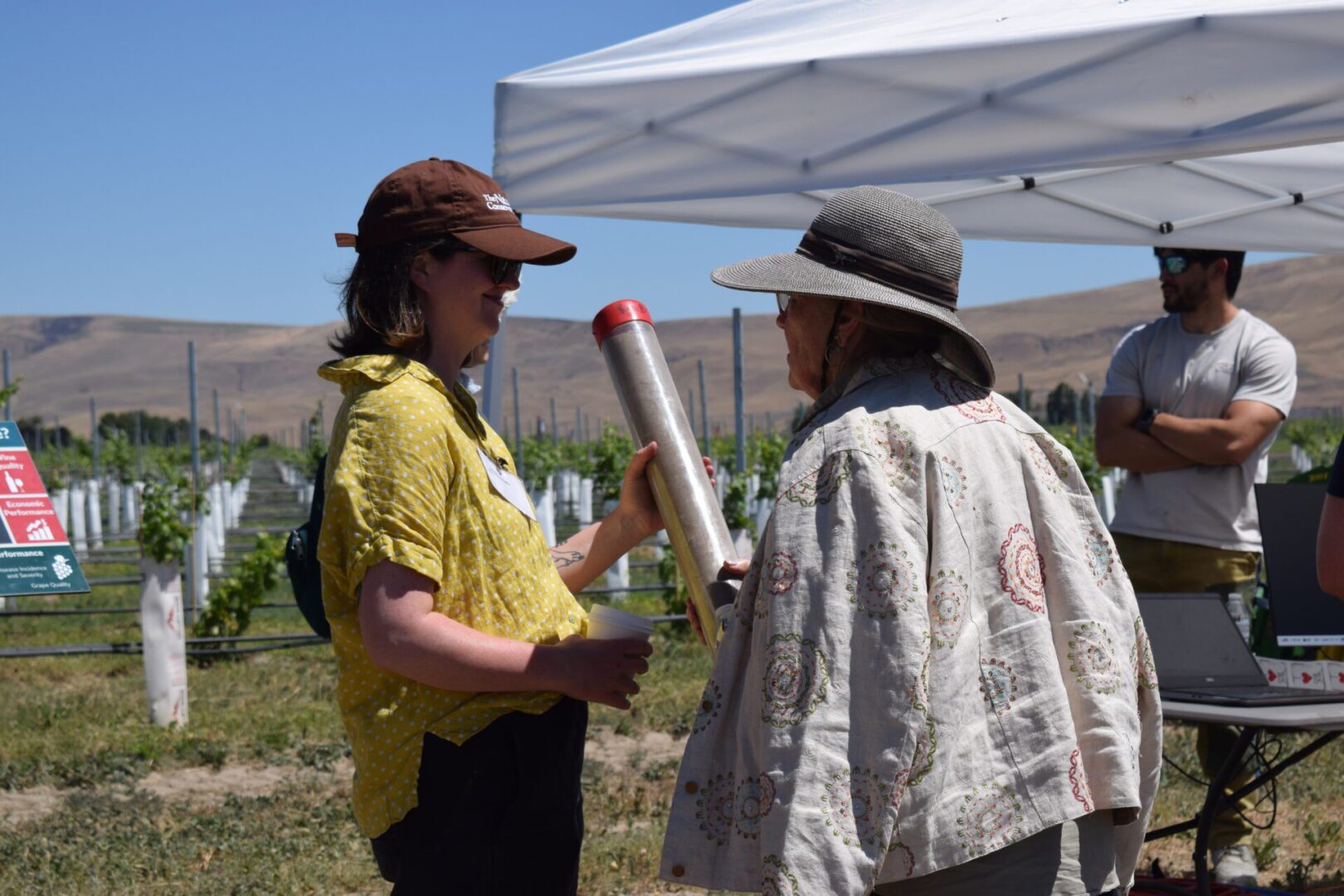
LOOKING BELOW GROUND | WaSHI advisory team members see the soil beneath their feet and the caliche layer, which makes soil sampling difficult here.
Red Mountain AVA: diverse approaches to soil management
The tour continued into the Red Mountain American Viticultural Area, where the advisory team visited three vineyards, each showcasing different soil management strategies. At Aveenia Vineyards, veteran vineyard manager Dick Boushey, a member of the wine grape LTARE site advisory team, shared his insights on compost application, reflecting on decades of experience and the evolving landscape of soil health practices.
At Ciel du Cheval, manager Cade Casciato introduced an innovative irrigation system powered by neural networks, underscoring the increasing role of technology in agriculture. These AI-driven algorithms predict soil moisture dynamics, offering a more efficient and precise approach to vineyard management.
Meanwhile, at Hedges Family Estate, Kayla Braich uses a biodynamic approach, integrating compost and livestock. Chickens grazing between the vineyard rows add organic matter and contribute to a closed-loop system, demonstrating how traditional practices can coexist with modern agricultural goals.
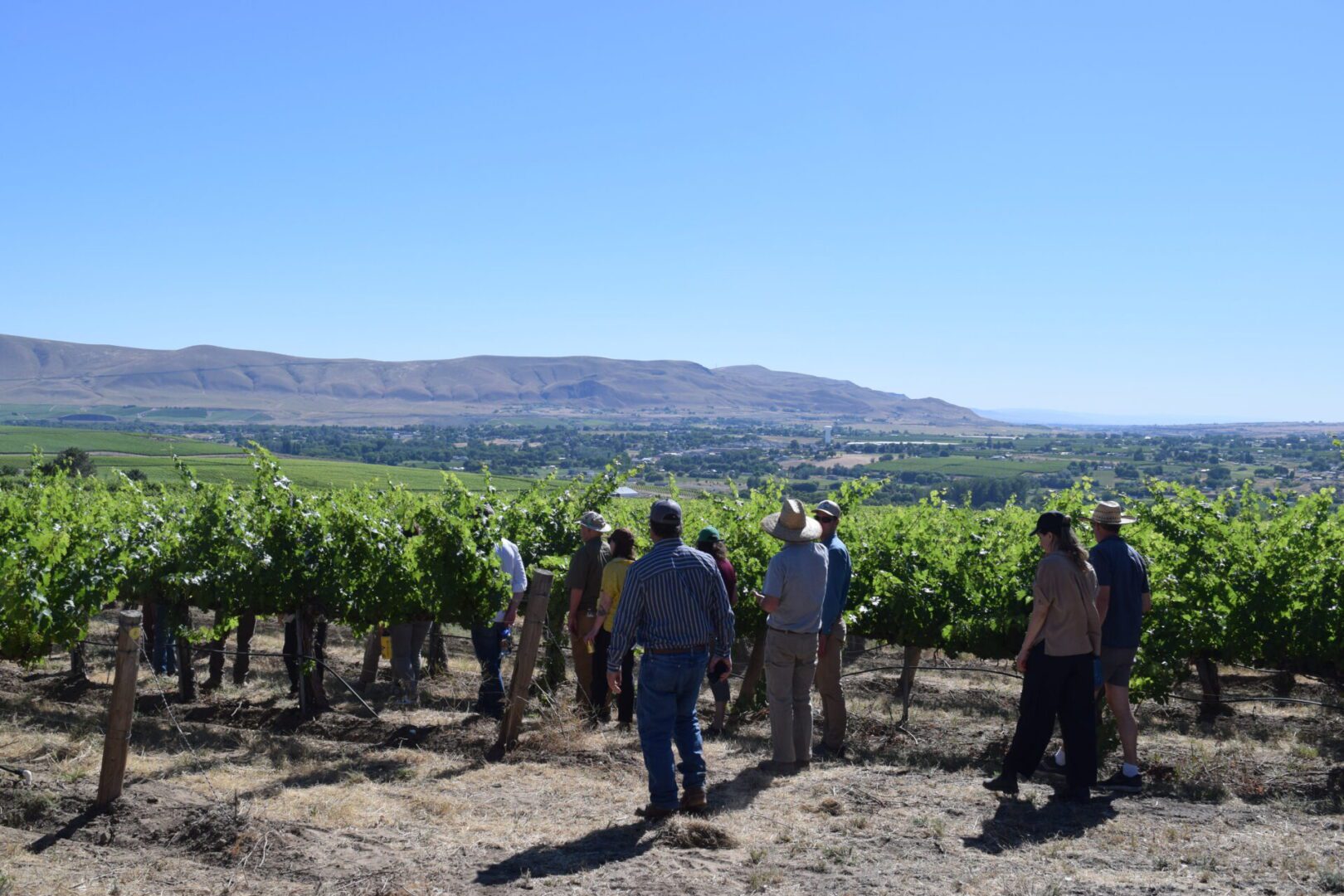
RED MOUNTAIN AVA | Dick Boushey lead WaSHI advisory team members into a 20+-year-old vineyard.
Creating connections
After a lovely dinner watching the sunset over the hills, the next day, Advisory Team members gathered to get to the meat and potatoes for the visit, guiding WaSHI strategies.
The advisory team was oriented to WaSHI’s strategic plans, with updates on the Saving Tomorrow’s Agriculture Resources (STAR) Program (read more about what STAR has been up to here) and a review of WaSHI’s communication strategy. Discussions emphasized the need for clear, accessible messaging that cuts through the noise, helping farmers and stakeholders navigate the array of information coming from various agencies.
Before leaving, the group went on an excellent tour of the WSU Wine Science Center, one group being led by Jean Dodson Peterson, who was just awarded the Wine Enthusiast magazine’s Future 40 Tastemakers of 2024, highlighting the opportunity for growth in the Washington wine industry.
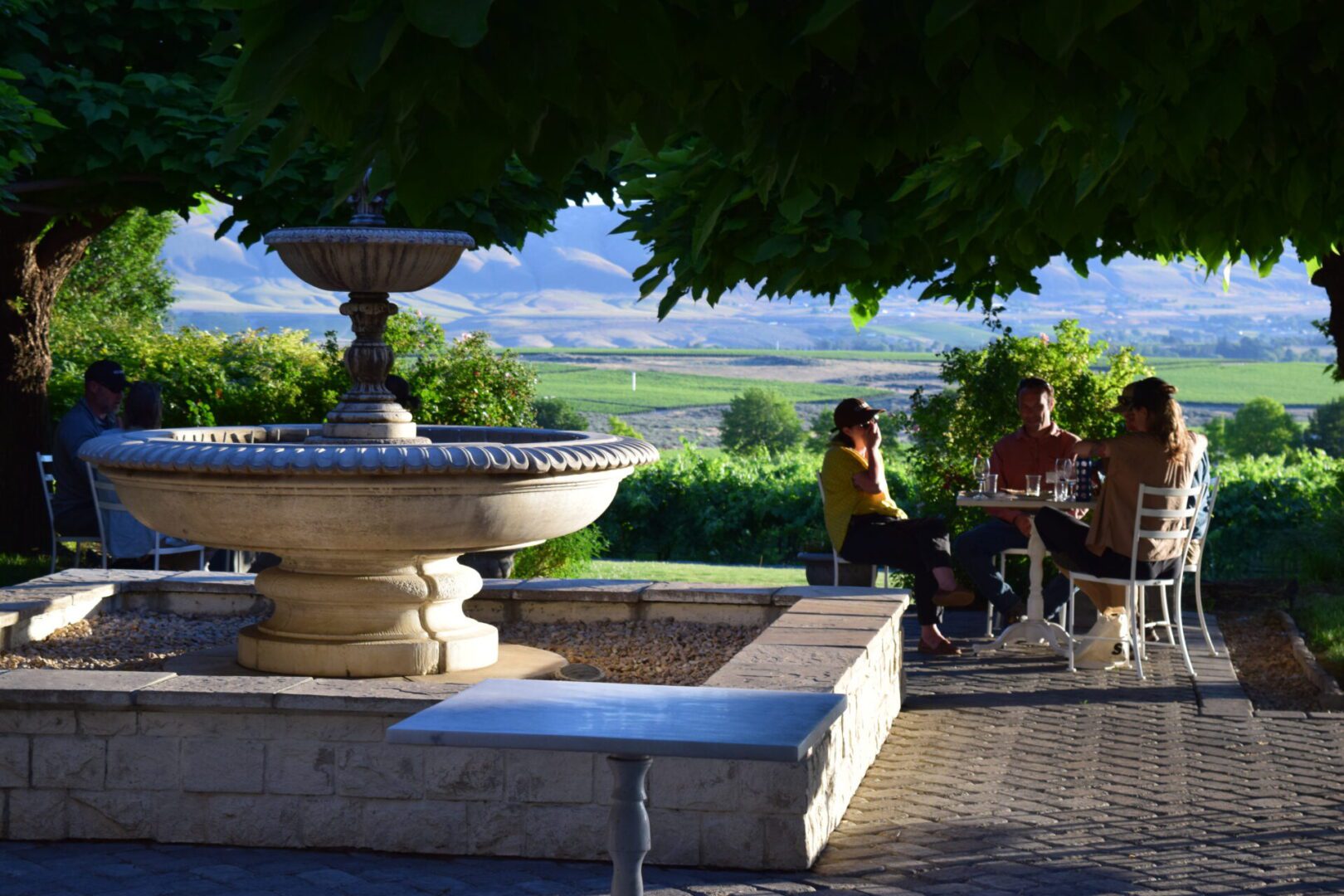
CREATING CONNECTIONS | Producers, scientists, industry leaders, and government staff shared wine and conversation during the tour.
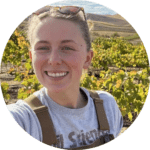
Molly McIlquham
Molly an Extension Coordinator at Washington State University where she works to share soil health information from the Washington Soil Health Initiative.
This article was published by the Washington Soil Health Initiative. For more information, visit wasoilhealth.org. To have these posts delivered straight to your inbox, subscribe to the WaSHI newsletter. To find a soil science technical service provider, visit the Washington State University Extension website or the Washington State Conservation District website.

